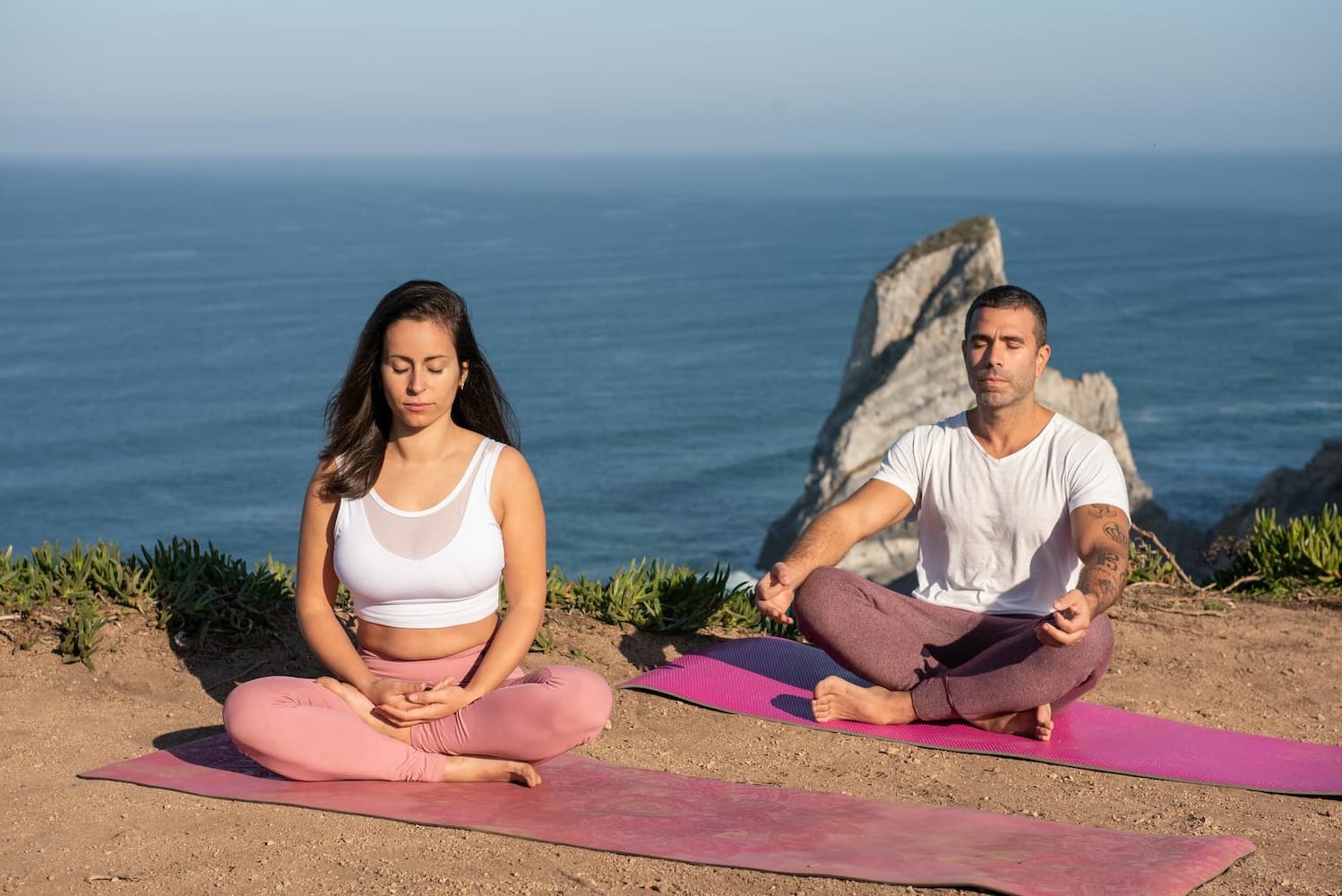
Kripalu yoga was developed by kundalini yoga master Swami Kripalu, and it was introduced to the Western world by one of his disciples, Yogi Amrit Desai. This form of yoga is known as the "yoga of consciousness" as it aims to increase your awareness of your core self and the universe as a whole in order to facilitate spiritual transformation. The word "kripalu" means compassion. Strong emphasis is placed on using proper breath and alignment in the yoga postures, and also on the spiritual practices of yoga. Students of this form of yoga learn to honour the wisdom of the body and work within the limits of their own flexibility and strength. A combination of physical postures, breathing techniques, relaxation and meditation is used to bring about the benefits of yoga such as strength, flexibility and a feeling of wellbeing.
Benefits of Kripalu Yoga
Kripalu yoga's physical poses provide many benefits. It paves way for an overall sense of wellbeing and self-healing. This style of yoga essentially works with your body and mind to help you achieve a greater balance and harmony. Some of the health benefits of Kripalu yoga include:
- increased energy and flexibility
- strengthening and toning the body
- relieving tension
- improving posture, balance and coordination
- reducing stress and anxiety
- improving memory and mental clarity
- uplifting self-confidence
- a feeling of centeredness and groundedness
- alleviating mental health conditions like post-traumatic stress disorder (PTSD)
- improving range of motion
Kripalu Classes
Classes include postures (asanas), breathing exercises, relaxation and meditation. Meditation and breathwork are particularly focused on as this encourages the student to look inwards and become more attuned to their spirit.
Kripalu yoga has three stages. The first stage is about learning the different physical postures and finding out what the body's abilities are. The second stage sees the student holding the posture for an extended amount of time, which helps them to develop concentration and inner awareness. The third stage is often referred to as "meditation in motion" and this is where the movement between different postures becomes spontaneous and happens almost unconsciously.
Kripalu classes have a balanced flow of postures and breathwork, and this is designed to stretch, strengthen, revitalise and restore. Particular emphasis is placed on core strength and stability; however, students are encouraged to explore their own limits with respect for their bodies.
How to Do Basic Kripalu Yoga Sequence
Gentle stretches, relaxation techniques and the practice of yoga nidra, a meditation technique that helps to slow down your heart rate and release tension from your mind and body, are the main components of the sequence of poses carried out during a Kripalu yoga class. The following Kripalu sun salutation stretch will provide you with some insight on how this style of yoga works:
- Stand tall with your feet together and arms at your sides. Breathe in deeply through your nose and lift up your chest as you lengthen your spine from the top of your head to the base of your spine.
- Exhale and fold yourself forward, bringing your chest towards your knees while keeping your back straight so you don't hunch over.
- Inhale as you lift up, lengthening as much as possible through chakras five and six (the brow and crown). Hold for a moment before exhaling thoroughly as you release down into a child's pose. Relax into this position with your arms spread out in front of you on the floor or yoga mat and with all ten fingers touching the floor.
- Close your eyes and allow yourself to rest in this pose for as long as possible. Beginners, don't worry about holding this pose for longer than a minute; you'll build up your tolerance as you continue with kripalu yoga.
As you move through the poses, revisit the child's pose often. You can also hold certain poses (such as forward bend or triangle) for as long as 60 seconds if needed to really reap their benefits.
Source: Pinterest
Who Can Practise Kripalu?
Anybody is able to practise Kripalu yoga as it is about being fully aware of the feelings and experiences that occur during yoga rather than being technically perfect or attaining a specific goal. In this sense, Kripalu is a "journey" form of yoga.
To get started with Kripalu yoga, consider taking a class or workshop in a school of yoga that specialises in this form of yoga. Alternatively, you may work with a yoga guru online if you prefer to learn the principles of yoga and basic Kriya, such as the one described above, from the comfort of your own home. To get a full list of yoga teachers in your area who can help you get started with your yoga practice, go over to the practitioner listing pages.
Originally published on May 26, 2007







